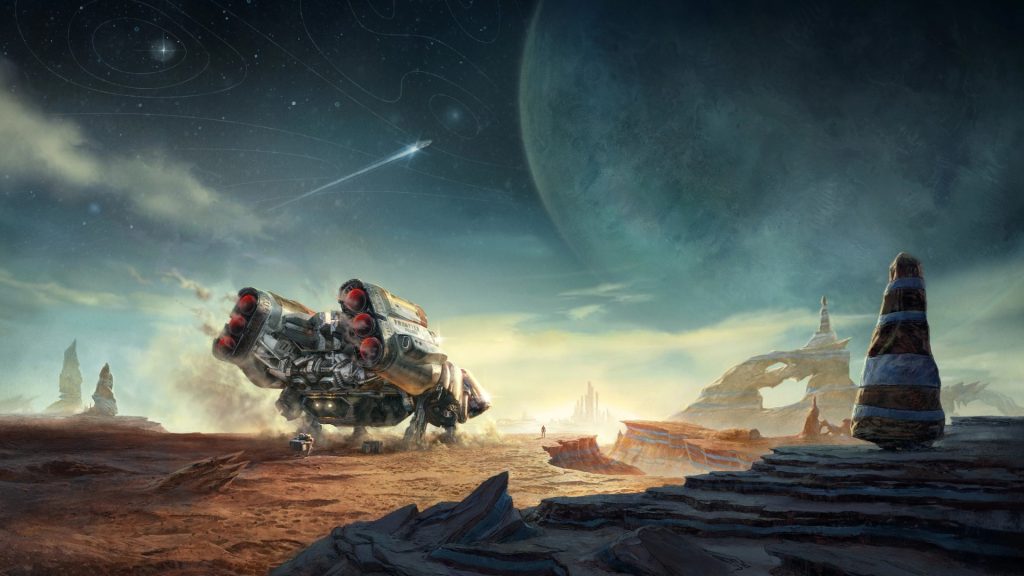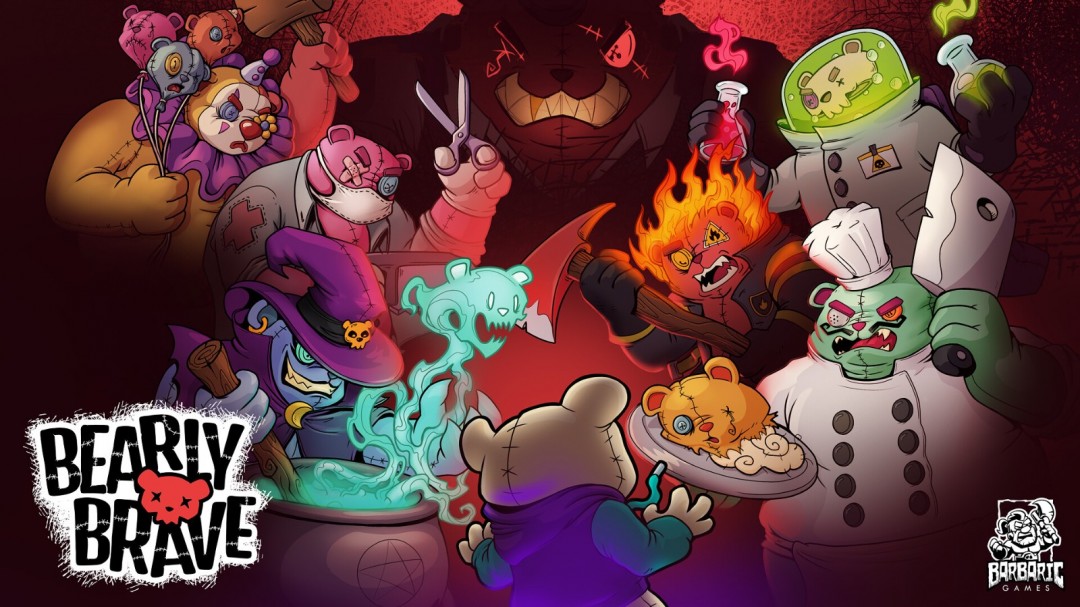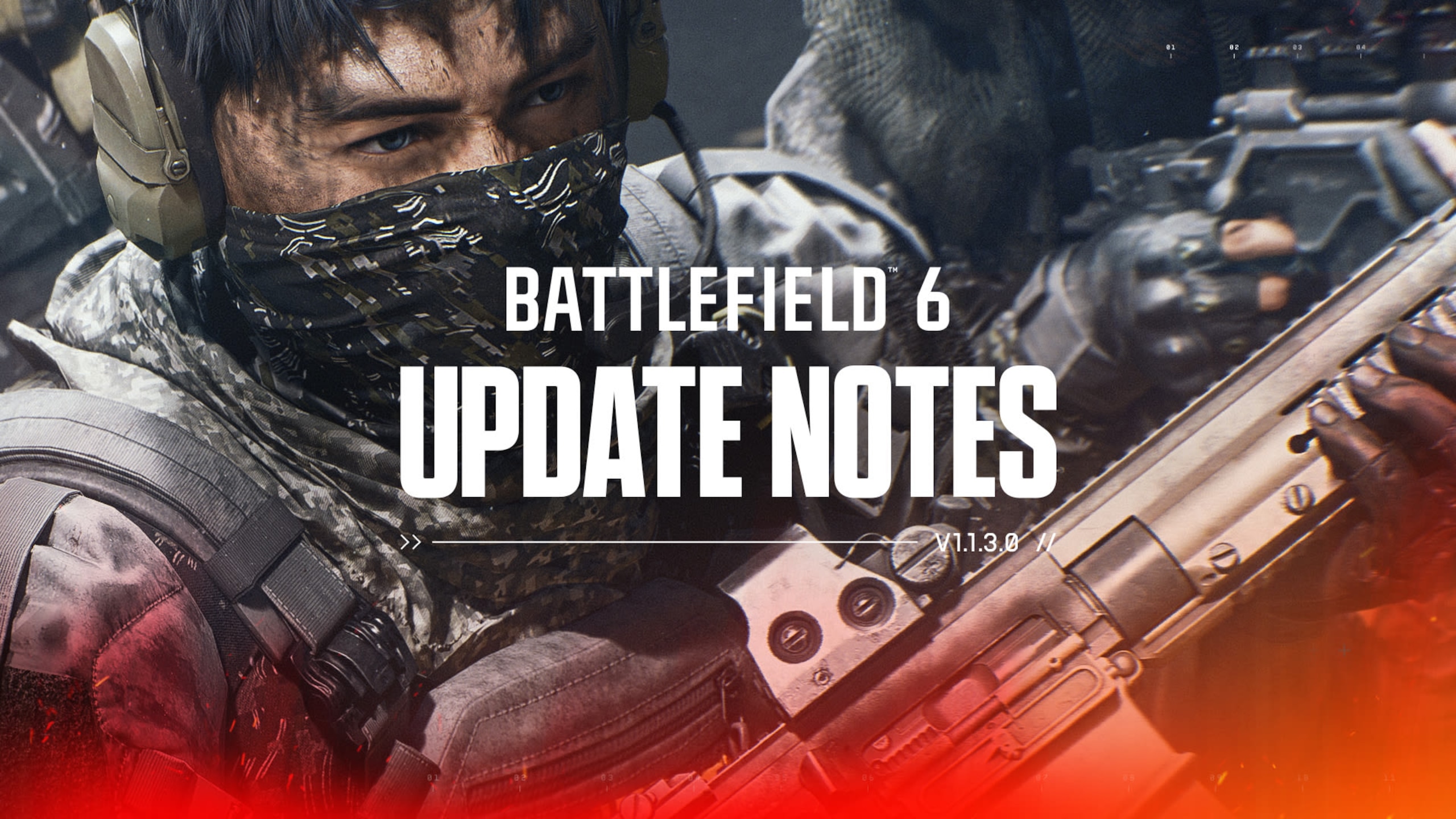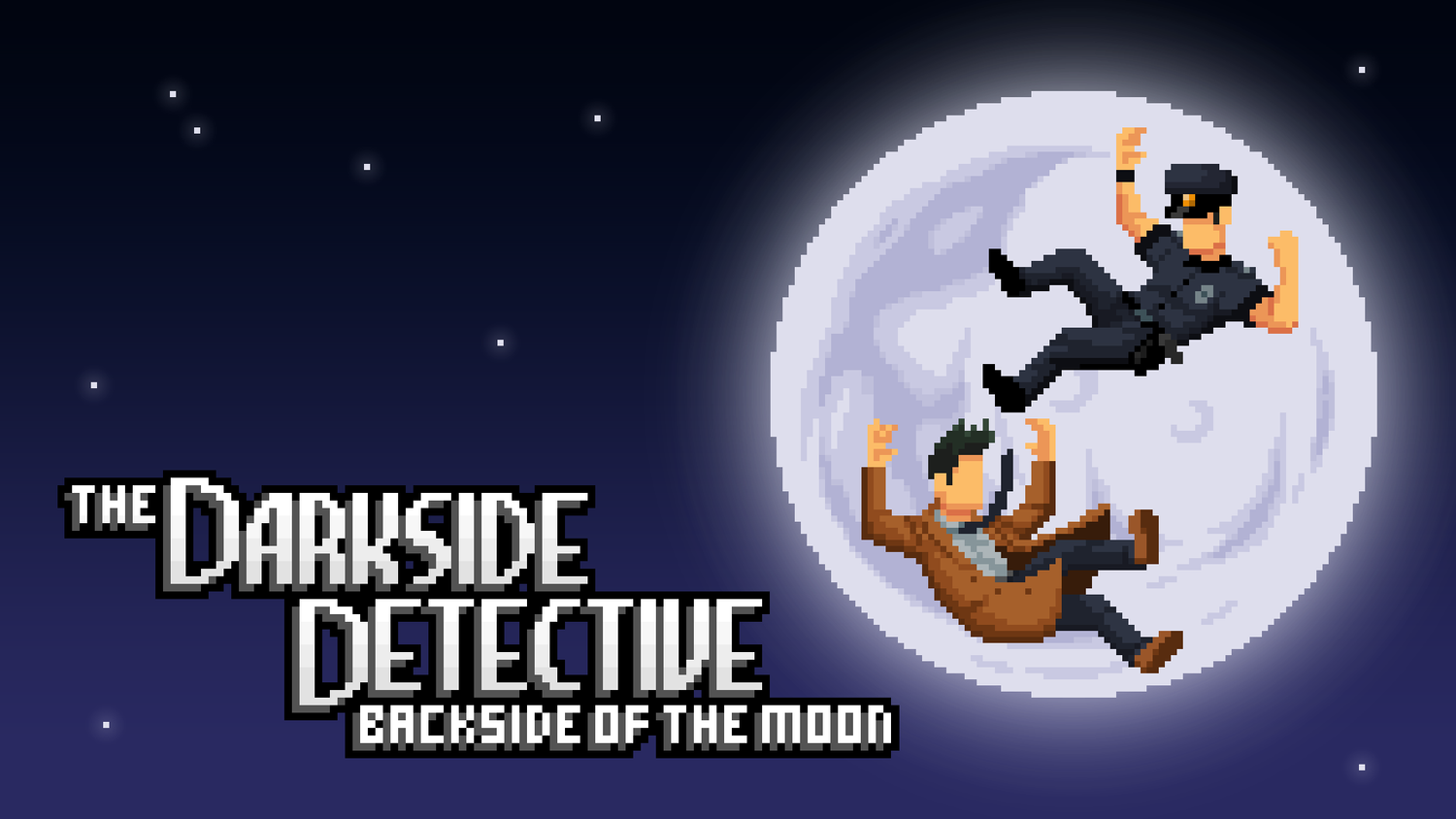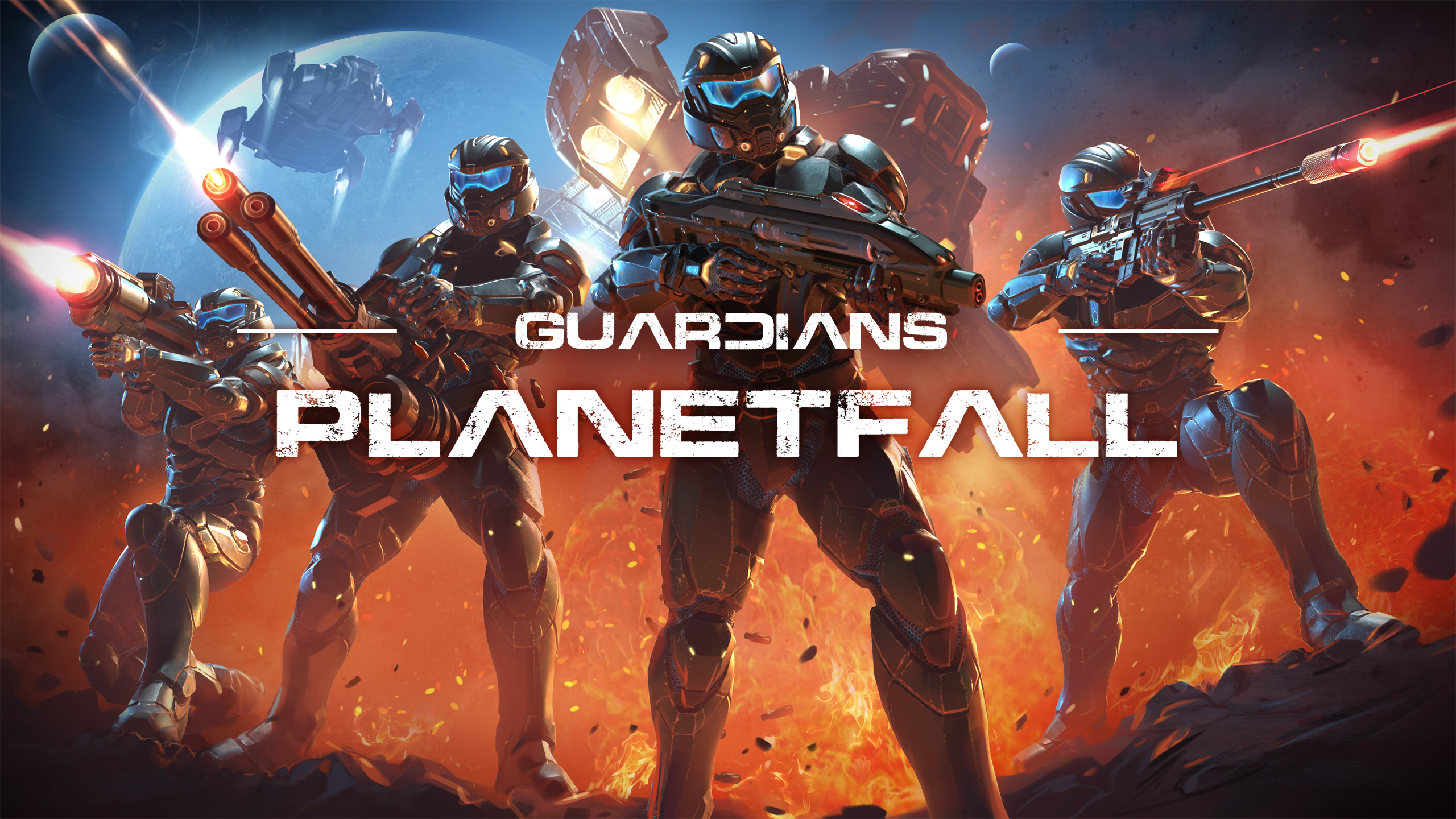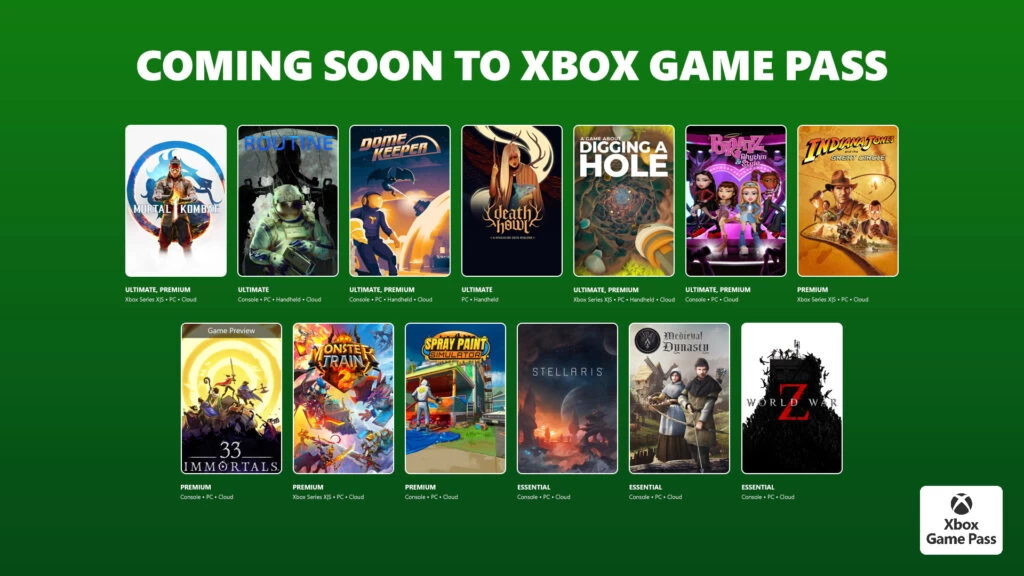Director Todd Howard explains how the upcoming Starfield is balancing procedurally generated and handcrafted content.
Bethesda Game Studios is no stranger to making massive RPGs, but it looks like its upcoming space-faring epic Starfield is going to be by far it’s biggest game to date. Something that the developer has mentioned time and again to convey just how large the game is going to be is that it will have over a thousand different planets for players to explore- and though that is an impressive amount of content, it does raise a few potential concerns.
For instance, at a time where bloat is more of a problem in games than it has ever been, how is Starfield going to strike the right balance between quantity and quality? Additionally, with the game also making use of procedural generation (in addition to a whole lot of handcrafted content), exactly how compelling can players expect that category of content to be in Starfield?
In a recent interview with Kinda Funny, director Starfield was asked those very questions, in response to which he talked about how the upcoming RPG will use its procedural generation systems, and how it will balance that against its offerings of handcrafted content.
“We wanted to do the planets because we like to give you that choice,” Howard said. “‘Where do you want to go?’ You feel like you would want that choice in a game like this. And so first it was, technically, could we pull it off? And we were, technically, able to draw these planets, make them feel believable on the screen.
“Now, obviously, it’s procedural, so there’s no way we’re going to go and handcraft an entire planet. What we do is we handcraft individual locations, and some of those are placed specifically – obviously, the main cities and other quest locations – and then we have a suite of them that are generated or placed when you land depending on that planet.”
Howard went on to say that the primary idea behind having that many planets in the game was to give players the freedom to decide which of them are or are not worth exploring. According to Howard, about 10 percent of Starfield’s 1,000+ planets will have life on them, which means all but a little over a hundred planets will be completely barren.
“For us, we view it as giving you [that choice],” he said. “When you look at a system, here’s the menu of things you could do. And like science – and we’re pushing it – about 10 percent of those planets have life on them. We’re pushing it to the edge of, ‘what do people think what planets are in that goldilocks zone versus planets that have resources?’”
Howard went on to talk about the the design philosophy behind the game’s barren planets, and how it strives to strike the right balance between having enough things to do, but not feeling too gamey in the process.
“Again, we will generate certain things for you to find on [the barren planets], but if you look at a planet, you see the resources, [and] it has things you want, there is… I love the Buzz Aldrin quote, ‘the magnificent desolation,’” he said. “I think there’s a certain beauty to landing on those and feeling, ‘I’m one of the only people or the only person to ever visit this planet.’
“It’s a difficult design thing- if you add too many things, if it’s generating too many abandoned bases or towers or things to find, it starts feeling too gamey in some of those locations. So I think we’ve dialed that in pretty well, depending on the planet that you’re on. We hope everybody enjoys it for what it is, but it is an exploration [style] different than we’ve had, where you’re landing, you’re exploring around that landing spot, and then you’re probably going somewhere else.”
In the interview, Howard also talked about the variety in biomes you can expect from Starfield’s planets, and what each unique biome will bring to the table, especially in terms of flora, fauna, weather effects, and more. Read more on that through here. The director has also confirmed that there will be no land-based vehicles or mounts in Starfield.
Starfield launches on September 6 for Xbox Series X/S and PC.

